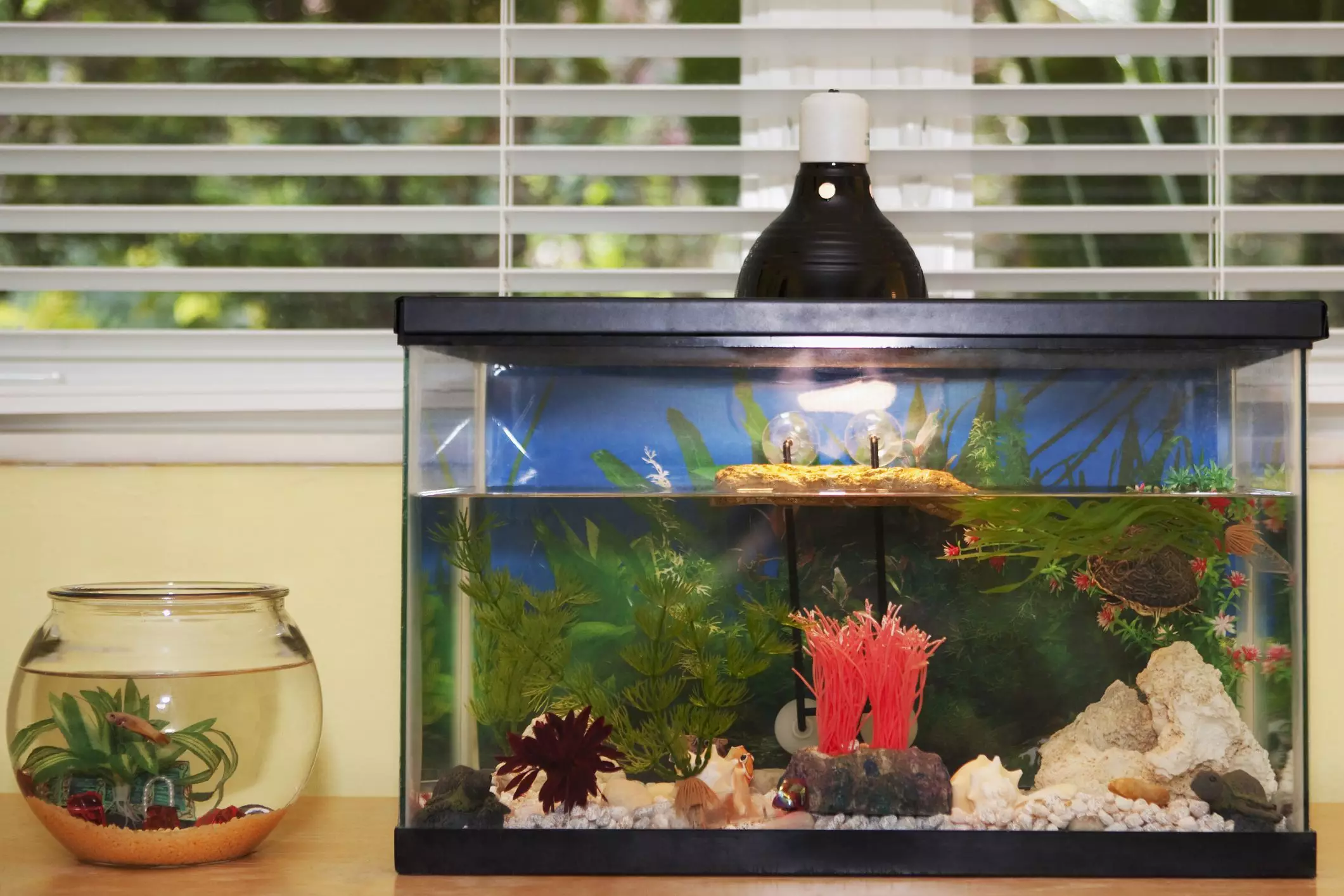Converting a freshwater aquarium into a stunning saltwater environment may seem daunting for many hobbyists. The myths surrounding the complexity and costs involved often discourage enthusiasts from taking the plunge. However, with some insight and preparation, the transition can be both manageable and rewarding. In this article, we will dissect the fundamental aspects of this conversion, addressing equipment needs, setups, and important considerations, equipping you with the knowledge needed to embark on your new aquatic adventure.
Understanding the Equipment Transition
One of the first hurdles to overcome in this transformation is the misconception that all equipment must be discarded. In fact, a functioning freshwater aquarium can serve as an excellent foundation for your saltwater setup. First and foremost, if you have a reliable tank—be it glass or acrylic—you’re already ahead of the game. Even though the physical structure can remain the same, careful thought should be given to its size. Generally, larger tanks provide a more stable environment, minimizing rapid chemical fluctuations that can jeopardize aquatic life. For new saltwater guardians, a tank larger than 10 gallons is advisable to ensure greater buffer capacity against mishaps.
Another crucial factor to consider is that the stocking principles differ significantly between freshwater and saltwater setups. Where freshwater tanks might adhere to a rule of one inch of fish per gallon, saltwater aquariums necessitate a stricter approach, commonly suggesting one inch of fish for every five gallons. This emphasizes the importance of researching compatible species and their required habitats within the new environment.
When it comes to substrate, many freshwater aquarists are accustomed to gravel, which doesn’t fare as well in saltwater tanks. Saltwater aquariums benefit significantly from using aquarium sand or crushed coral. These materials not only provide a conducive environment for beneficial organisms like sand-sifting fish and various invertebrates but also help in stabilizing water chemistry. Utilizing these substrates increases biodiversity and can lead to a healthier tank ecosystem.
Moreover, to support the biological filtration necessary for saltwater inhabitants, incorporating live rock is essential. This not only serves a practical function but also adds visual interest and complexity to the aquarium’s landscape.
Filtration: Meeting Saltwater Standards
The demands of saltwater fish and invertebrates regarding water quality are typically higher than those for freshwater species. Consequently, upgrading your filtration system is imperative. If your existing setup includes a basic hang-on filter, consider doubling it for enhanced filtration capacity. While mechanical filtration removes visible debris, biological filtration through live rock will handle the nitrogen cycle, ensuring a healthier environment.
Canister filters are another excellent option, allowing for flexibility in filtration methods—whether mechanical, chemical, or biological—by adjusting the media as necessary. On the other hand, under-gravel filters, while still in use, can be cumbersome in maintaining. They often require more effort to prevent the buildup of detritus, so homeowners must judiciously assess their need in a saltwater environment.
Lighting is arguably one of the most critical components in establishing a saltwater aquarium, especially for those interested in keeping live corals. The needs of saltwater inhabitants often demand a reevaluation of your existing lighting setup. While standard fluorescent bulbs may suffice for fish-only tanks, upgrading to actinic bulbs or LED options can significantly enhance the vibrancy of both cast and corals.
When selecting lighting, ensure that the fixtures can withstand the corrosive nature of saltwater. The right spectrum and intensity of light are vital for sustaining coral health and accentuating the colors of your aquatic life. Conducting thorough research prior to investing in lighting will mitigate the risk of acquiring inadequate or overly expensive options.
Decoration and Accessories: Embracing the Natural Aesthetic
Transitioning from decorative elements suited for freshwater tanks to those appropriate for marine environments requires additional consideration. Many freshwater ornaments, such as plastic plants, pose a danger to marine life. Saltwater fish often exhibit a nibbling behavior that can lead to severe health complications if they ingest non-biological materials. To cultivate an aesthetically pleasing and safe habitat, prioritize natural decorations such as rocks and corals, whether live or synthetic.
Additionally, investing in essential devices such as hydrometers for salinity testing and water testing kits is crucial. These will help you to maintain optimal water conditions and ensure your marine ecosystem remains thriving.
Though converting a freshwater aquarium into a saltwater tank may appear intricate, approaching the process thoughtfully can simplify the transition. By reassessing existing equipment, expanding on filtration systems, upgrading lighting, and selecting appropriate substrates and decorations, you can create a vibrant, functional, and beautiful saltwater environment. With patience and dedication, you will find that the rewards of maintaining a saltwater aquarium far outweigh the initial challenges. So dive in and embrace the ocean’s splendor right in your living room!

